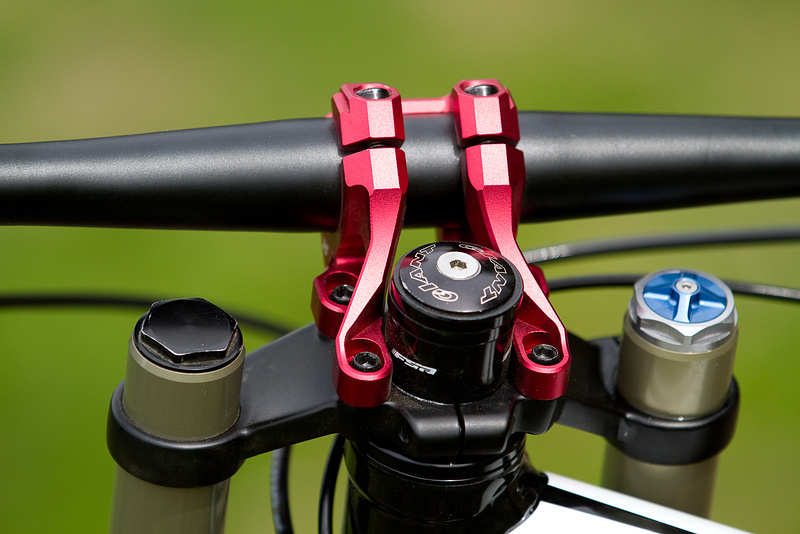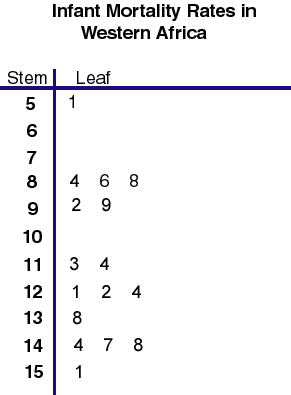
With a pneumatic actuator, you can do this by using an I/P valve controller, which converts an electric signal to pneumatic.Ĭost is the third factor to consider. Simply put, automation gives you the ability to monitor and control your valves offsite. A significant benefit to using electric actuation is the ability to automate valve functions.
#Define stem mounting install
If you want to reduce emissions with pneumatic actuators, you can power your pneumatics with compressed air or install a vapor recovery unit.Īnother factor to consider is automation capabilities. There are three primary factors to consider when selecting an actuator: Emissions, Automation Capabilities, and Cost.Īs environmental regulations tighten, electric actuators are becoming more popular because they do not require the use of supply gas and therefore do not release emissions. The electric pilot conditions this signal and sends a corresponding signal (4-20mA) to the electric actuator of the valve.Īs a result, the actuator actuates, driving the valve open or closed, depending on its configuration. In the case of an electric actuator on a High Pressure Control Valve in a back pressure application, the electric pilot receives an analog 4-20mA signal from a sensor, which represents a process condition. Whereas the signal for a pneumatic actuator comes from a pressure pilot, the signal for an electric actuator comes form another outside source, like an electric pilot, Programmable Logic Controller (PLC), or Remote Terminal Unit (RTU).

This assembly-sometimes referred to as a valve’s “Topworks”-is bolted directly on top of the valve body.Ī pneumatic actuator is one component of a control valve package. The breather plug allows the non-energized side of the diaphragm to move freely without getting air locked.

This flexible and air-tight piece moves with the spring yet holds in air pressure.

Without a pneumatic signal on the diaphragm, the valve will remain in this position.The adjusting screw puts pre-load on the spring to engage the valve in its fail position.How Does a pneumatic Valve Actuator Work?Ī pneumatic actuator like the one on the standard Kimray High Pressure Control Valve is typically comprised of an adjusting screw, breather plug, bonnet, spring, diaphragm assembly, and stem. Two common types of valve actuators in upstream oil and gas operation are pneumatic and electric. WHAT ARE THE common valve actuator TYPES? It attaches to and works in conjunction with two parts: the valve body and the valve pilot.

A valve actuator is the device that “actuates”-or moves-a valve open or closed.


 0 kommentar(er)
0 kommentar(er)
